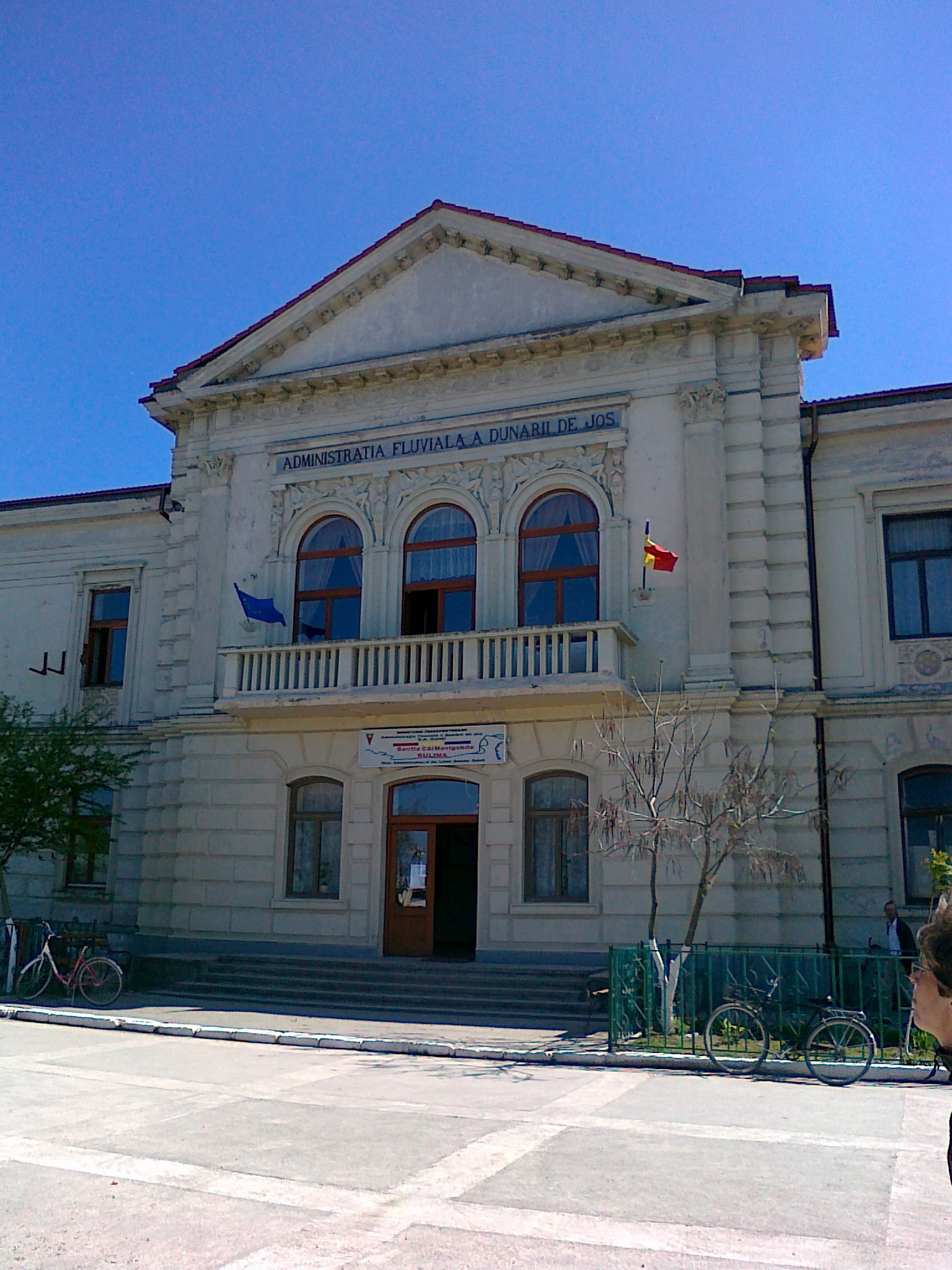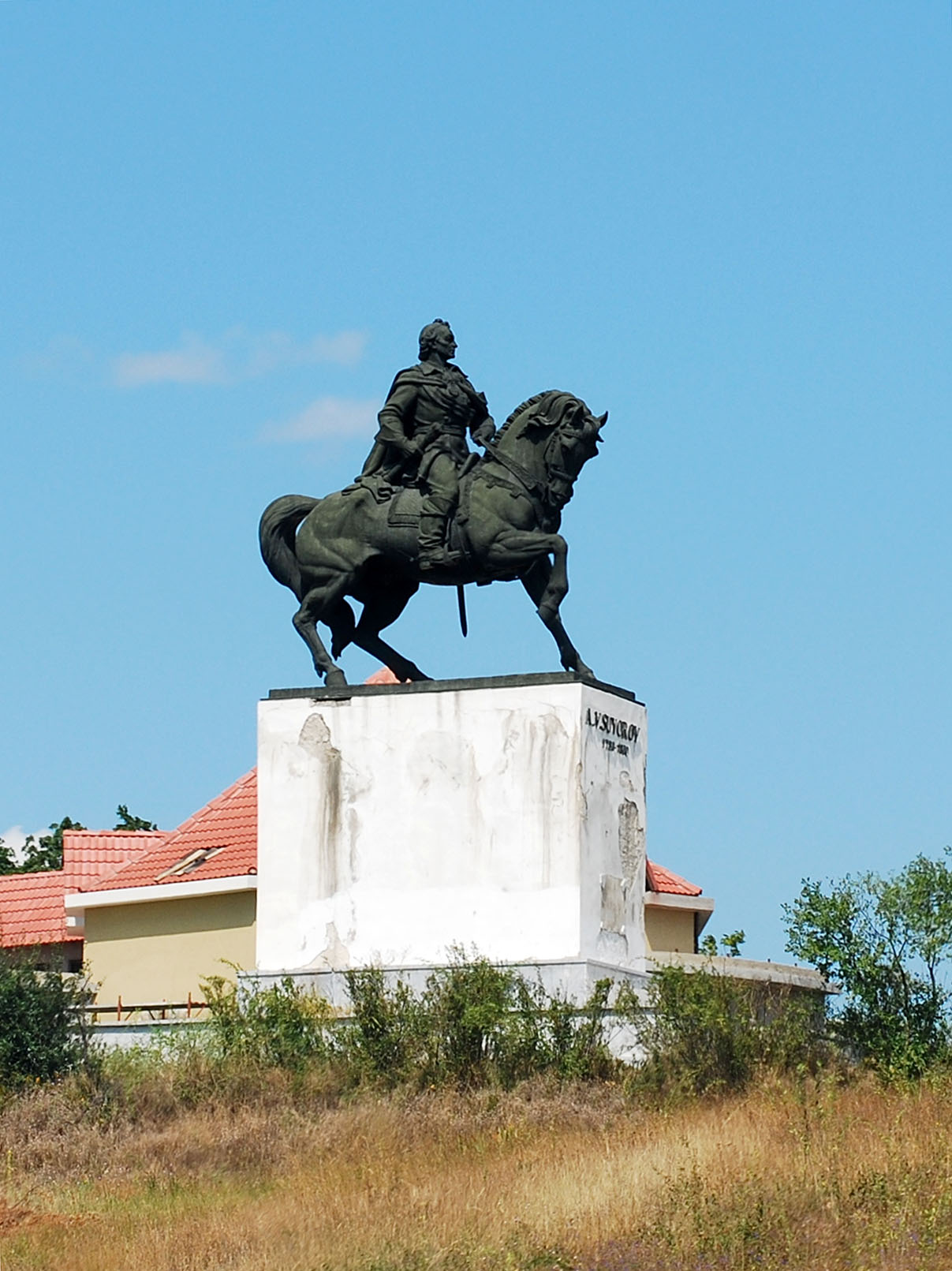|
2012 In Romania
Events from the year 2012 in Romania. Incumbents *President: Traian Băsescu *Prime Minister: Emil Boc (until February); Mihai Răzvan Ungureanu (until April); Victor Ponta (since April) Events January *January 12: Protests against President Traian Băsescu and government begin with over 3,500 people attending the revolt in Bucharest and thousands others protesting in additional cities, like Timișoara, Cluj-Napoca, Constanța or Iași. Following these street demonstrations, over 60 people were injured and other 240 citizens were arrested by the Romanian Gendarmerie. *January 24: A violent blizzard ravages Romania, killing 86 people. The lowest temperature in recent decades, , was recorded this winter at Întorsura Buzăului, in Covasna County. February *February 6: Prime Minister Emil Boc resigned from office amid ongoing anti-austerity protests. Mihai Răzvan Ungureanu was given a mandate by President Traian Băsescu to form a new government. He will have to pass his fo ... [...More Info...] [...Related Items...] OR: [Wikipedia] [Google] [Baidu] |
Întorsura Buzăului
Întorsura Buzăului ( ) is a town in Covasna County, Transylvania, Romania. It administers three villages: Brădet (''Bredét''), Floroaia (''Virágospatak''), and Scrădoasa. Geography The town is located in the southern part of the county, on the border with Brașov County, and lies on the left bank of the Buzău River. The town's name means ''Buzău's Turning'' in Romanian; it gets its name from being located near a large turn that the river takes. The river initially flows northwards, but takes a sudden turn towards the south-east near the town. Întorsura Buzăului is located at altitude, in a depression, surrounded by the , Ciucaș, and mountains. Due to its location, the town registers the lowest temperatures in Romania every year. The town is some southeast of the county seat, Sfântu Gheorghe, and south of Covasna. It is traversed by national road DN10, which links Brașov to Buzău. This road passes through the Carpathian Mountains and for most of its length ... [...More Info...] [...Related Items...] OR: [Wikipedia] [Google] [Baidu] |
Tulcea County
Tulcea County () is a county (județ) of Romania, in the historical region Dobruja, with the capital city at Tulcea. It includes in its northeast corner the large and thinly-populated estuary of the Danube. Demographics In 2021, Tulcea County had a population of 193,355. The population density was 22.8/km2, the lowest among the counties of Romania, due to the inclusion within the area of the lowly-populated Danube estuarial wetlands. * Romanians - 79.18% * Lipovans - 4.14% * Romani people, Roma - 2.05% * Turkish people, Turks - 0.51% * Ukrainian people, Ukrainians - 0.47% * Greek people, Greeks - 0.14% * Tatar people, Tatars - 0.05% * Bulgarian people, Bulgarians - 0.02% In the Danube Delta there is an important community of Russians and Lipovans. In the south of the county there are communities of Turkish people, Turks. The region once was a centre of Islam in Romania. Geography The county has a total area of . The most significant feature of Tulcea County is the ... [...More Info...] [...Related Items...] OR: [Wikipedia] [Google] [Baidu] |
Ostrov, Tulcea
Ostrov is a commune in Tulcea County, Northern Dobruja, Romania. It is composed of two villages, Ostrov and Piatra. It is the site of the Roman fort ''Beroe'' in the Roman province of Moesia and part of the defensive frontier system of the Limes Moesiae The Moesian Limes () is the modern term given to a linked series of Roman forts on the northern frontier of the Roman province of Moesia along the Danube between the Black Sea shore and Pannonia (present-day Hungary) and dating from the 1st cen ... along the Danube.Nicolae Buzgar, Raman study of the brownish-yellow pigment from a Roman Basilica (Dobrogea, Romania – 4th – 6th century A.D.), Analele Stiintifice ale Universitatii “Al. I. Cuza” din Iasi, Seria Geologie 57 (2) (2011) 15–18 http://geology.uaic.ro/auig/ The Beroe archaeological site is on the bank of the branch of the Danube River, 3 km south of Ostrov village. The first historical reference related to the fortress dates to the 2 century AD, the fort being ... [...More Info...] [...Related Items...] OR: [Wikipedia] [Google] [Baidu] |
Vrancea County
Vrancea () is a county (județ) in Romania, with its seat at Focșani. It is mostly in the historical region of Moldavia but the southern part, below the Milcov (Siret), Milcov River, is in Muntenia. Demographics At the 2021 Romanian census, 2021 census, the county had a population of 335,312 and a population density of . * Romanians – over 98% * Romani people in Romania, Romani, Minorities of Romania, others – 2%. Geography Vrancea County covers an area of . A curvedly shaped mountainous area, known in Romanian as the ''Sub Carpathians, Carpații de Curbură'', lies in the western part of the county, at the Southern end of the Eastern Carpathians, with heights over . To the East, the heights decrease into hilly areas and the lower valley of the Siret (river), Siret River. The main tributary of the Siret, which crosses the county, is the Putna (Siret), Putna River. A right tributary of the Putna is the Milcov (Siret), Milcov, a river that divides Moldavia from Munteni ... [...More Info...] [...Related Items...] OR: [Wikipedia] [Google] [Baidu] |
Spulber
Spulber is a commune located in Vrancea County, Romania. It is composed of seven villages: Carșochești-Corăbița, Morărești, Păvălari, Spulber, Tojanii de Jos, Tojanii de Sus and Țipău. These were part of Paltin The PAL-TIN (Participarea TINerilor la Administrarea Locala, translated as Youth Participation in Local Government) Project is a large network of local youth and children’s councils throughout Romania. PAL-TIN (acronym commonly shortened to PALT ... Commune until 2005, when they were split off. Geographical positioning The commune is situated along the river Zăbala (Putna), Zăbala, with some villages being spread on the surrounding hills and valleys. The Tojan mountain is situated on the eastern bank of the river, as well as the old local church. Spulber is situated on road DJ 205 D and has Nereju to the south and Paltin to the north. Economy The chief economic activity is agriculture, with fruit orchards, meadows and animal breeding as the main activities. ... [...More Info...] [...Related Items...] OR: [Wikipedia] [Google] [Baidu] |



